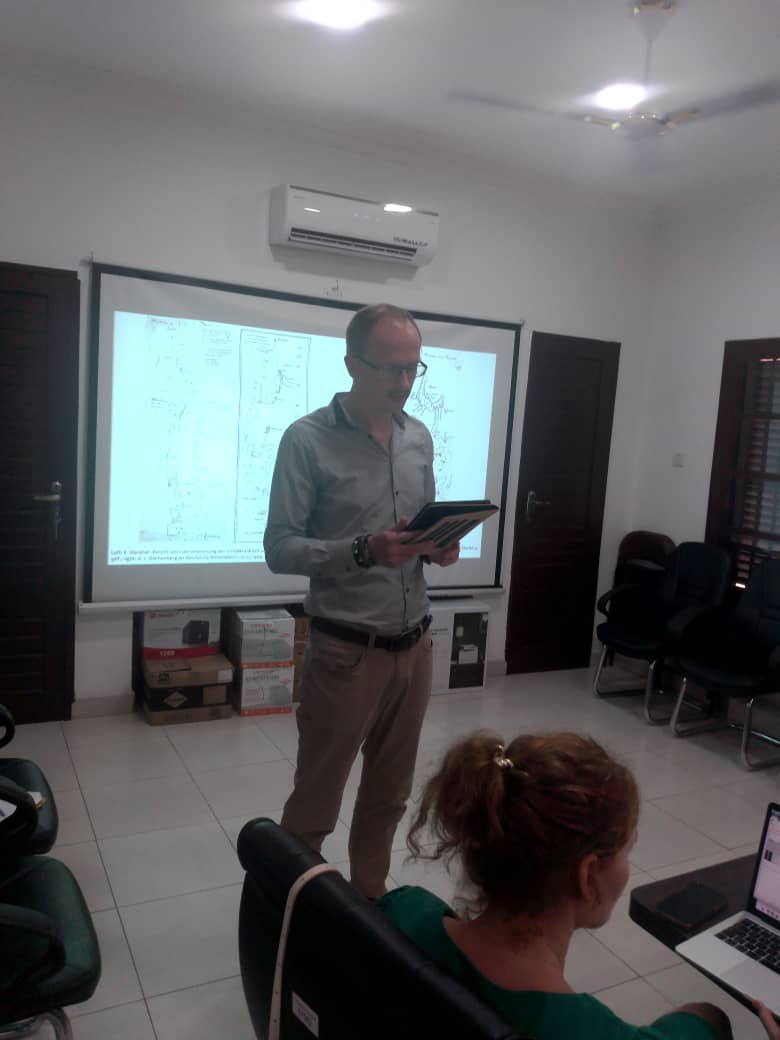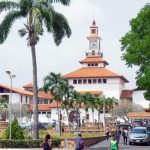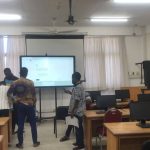Research Fellow of the Merian Institute for Advanced Studies in Africa at the University of Ghana , Dr Felix Schurmann has stated the invaluable role the use of maps and scientific methods has played in preserving the value of the Rubondo Island in East Africa.
His statement comes on the back of the 4th Public lecture series held for the academic year on the campus of the University of Ghana on May 9,2023.
The lecture was held on the topic ‘Mapping Rubondo Island; Knowledge and Ignorance in the construction of the ‘Natural space’ in Interlacustrine Africa since 1875.
Speaking at the event, Dr Schurmann was of the view that archival material and records show that human existence on the island since the 19th century along with mapping methods deployed by experts contributed to maintaining the eco system of the island to maximize its potential by design.
“Per my research findings and use of archival information , the oldest natural park in the eastern side of Africa (Rubondo Island) show that in the 19th century , human and animal coexistence on the landscape of the island contributed significantly to preserving the value of the island to the natural ecosystem ,as compared to the skewed recent history that shows that the island has never been inhabited by humans and related activities.
Cartographical data by early researchers who explored the invaluable gift of nature states that the interactions of human settlers and their involvement in cultivating the land whilst coexisting with animals in the environment helped to protect the fauna and flora of the highly valuable natural asset and history must reflect accurately the pre existing activitieson the island to help promote factual historical education to the modern day generation”.
Furthermore , Dr Schurmann posited that given the strategic location of the Rubondo Island , it is imperative for the authorities in Tanzania and its Wildlife Division to properly document the varied components of such a natural and virgin natural environment which harbours endangered species that play critical roles in the environment whilst serving as an attractive tourist destination which educates visitors and creates value for both tourists whilst telling the historical significance of how early civilization impacted the natural park.
” In the course of documenting my experiences and research findings on such a strategic natural asset , i have come to understand the activities being undertaken by local government actors and officials of the Wildlife Division in Tanzania to classify the island as a safe haven for endangered species and putting in place the appropriate policy measures to maximize the potential of the natural endowment whilst not losing out on how critical the components located therein can serve as an attractive tourist destination for travellers but creating value in the economy in tandem with detailing the educational benefits through cultural perspectives”.
Rubondo Island National Park is one of two Tanzanian parks located around Lake Victoria (the other being the Saanane Island National Park). The island is administered by jurisdiction by the Geita district of Geita Region.
The island attracts scores of visitors each year , mainly game fishermen and bird species enthusiasts.
Dr Felix Schurmann is a History expert with focus on maritime, global and environmental aspects of Africa’s history as well as human-animal relations under colonial rule and decolonization.
He is currently working on a book which details the Rubondo Island and its historical perspectives.




